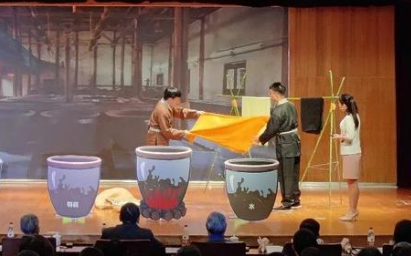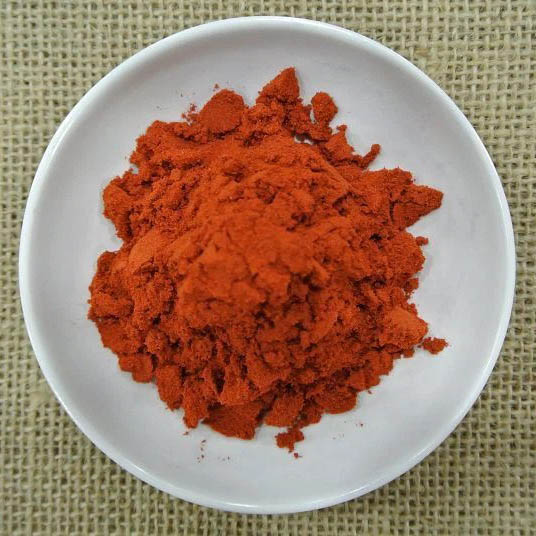Throughout history, people have used cocoa wood for a variety of purposes. Not only can this yellow wood be used for furniture or carvings, but it also has the potential to extract yellow dye. Simply pour the branches of cotinus into water and boil them, and one can watch the water gradually turn a bright yellow color. This change occurs due to the presence of flavonol glycosides in cotinus, which act as natural plant dyes.
Natural dyes extracted from plants have long been used to dye fabrics. The process involves utilizing pigments present in various parts of the plant, such as roots, leaves or bark. Cotinus coggygria, commonly known as the smoke tree, is popular as a dye source for its rich yellow hue.
To extract the yellow dye from cotinus, its branches must first be collected. These can be obtained by pruning or finding fallen branches. After collection, the branches are immersed in water and boiled for a considerable period of time. The heat causes the flavonol glycosides in cotinus to release their natural dye properties into the water.
During the boiling process, the water gradually changes color, mimicking the bright yellow hue of the wood itself. This transformation is the result of the flavonol glycosides infusing their dye properties into the water. The longer the twigs are boiled, the more intense the yellow color becomes, increasing the potency of the dye.
Once the dye is extracted from cotinus, it can be used to dye a variety of fabric materials, including cotton, silk, and even wool. Depending on the desired color intensity, soak the fabric briefly or for a longer time in the dye solution. This allows the pigments to penetrate the fibers, resulting in beautifully dyed fabrics.
The use of natural dyes such as cotinus has gained increasing attention in recent years as more and more people seek sustainable and environmentally friendly practices. This renaissance not only revived traditional dyeing methods but also brought innovative technologies and collaborations between textile artists and environmentalists.
Cotinus has many uses in both its wood and dye forms, highlighting the importance of conserving and utilizing natural resources. By realizing the potential of plants like cotinus, we can continue to cultivate a sustainable future that celebrates the beauty and utility of nature.
Nowadays, people prefer enviormantal friendly dyes. The direct yellow 86 can be used in textile indrusties. They are known for their vibrant and fast coloration properties when applied directly to the substrate material.
Post time: Oct-20-2023







